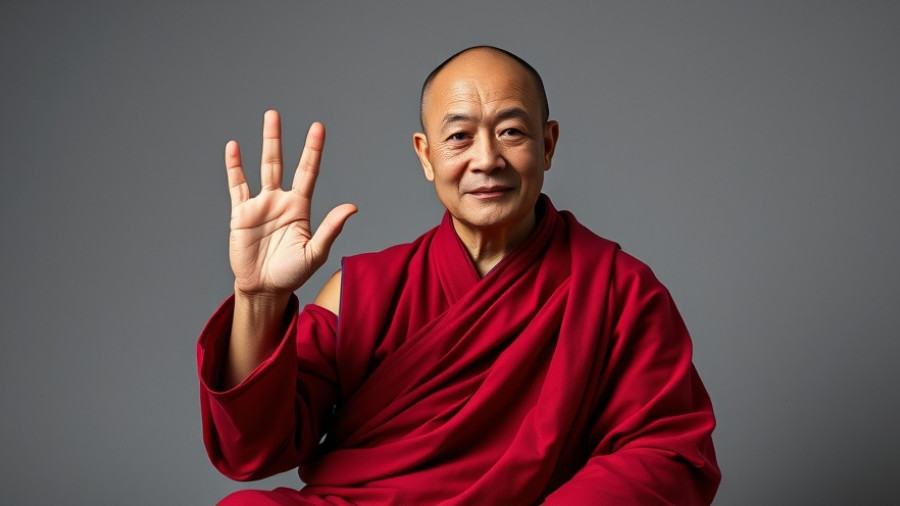
Revealing the Joy in Temple Food: A Spiritual Connection
When we look at our food, how often do we think of it as more than just sustenance? Venerable Jeongkwan Snim, a celebrated temple chef from Korea, invites us to reframe our relationship with food through the lens of joy, energy, and harmony. In a world that often views cooking and eating as chores, Jeongkwan presents temple food as a vibrant expression of spiritual practice and mindful living, inspiring us to reconnect with the simple act of eating.
Opening the Door to Tradition
Many people may not realize that the essence of Korean temple food is rooted in a rich cultural history that dates back over 1,500 years. Initially hidden away in mountains, many of these culinary practices became accessible to the public when the Olympic Games approached South Korea in 1988. This moment heralded a significant transformation as the government invited Buddhist temples to engage with the world. They opened their doors, shared meditation practices, and introduced visitors to the art of temple food—a journey started to showcase the living traditions of Buddhism.
The Ingredients of Gratitude and Mindfulness
So, what exactly defines temple food? According to Jeongkwan, the guidelines established by the Buddha himself influence what is served. Meals are designed to be eaten once daily and enjoyed in a calm, silent atmosphere, invoking mindfulness. As part of this philosophy, gratitude is paramount. The okwangae formula, a Buddhist principle, encourages practitioners to express thanks to all beings involved in the food’s journey from nature to the table. This perspective transforms food into a bridge between ourselves and the world around us.
A Taste of Connection: The Popularization of Temple Cuisine
The journey of temple food has not solely been about the dishes served but also about the communal experiences created. Jeongkwan and a team of dedicated nuns have worked creatively to spread the joy and richness of temple cuisine worldwide. Since embarking on culinary tours in 2012, they've garnered global attention, displaying how traditional dishes, steeped in love and mindful preparation, can bring people together. This communal flavor emphasizes that food should not only nourish the body but also feed the spirit.
Embracing Wellness Through Food
While the recipes may be ancient, the principles of temple food resonate with current wellness trends that emphasize mindfulness and healing. By inviting us to appreciate each bite, temple food extends beyond flavors and recipes—it serves as a reminder of the interconnectedness of all life. This ancient wisdom echoes in today’s focus on sustainable practices and the slow food movement, emphasizing that healing not just occurs on a plate but also within our hearts.
Actionable Insights: Elevate Your Relationship with Food
How can we integrate this love and joy into our daily meals? Start by creating an inviting atmosphere during mealtime; perhaps engage in a moment of silence or gratitude before eating. Consider where your food comes from—reflecting on the labor that brought it to your table can add immense value. Bringing mindfulness into cooking, whether it's a simple rice dish or an elaborate feast, can enhance not just dining experiences but our broader connection to life.
The Transformative Power of Food
As we become more conscious of what we eat, we tap into the possibility of transformation. Each meal is a chance to connect with heritage, gratitude, and even spirituality. In the wisdom of Jeongkwan Snim, we find a call not just to savor food but to celebrate its story, integrating joy into our lives through the simplest acts—cooking, tasting, and sharing.
 Add Row
Add Row  Add
Add 




Write A Comment